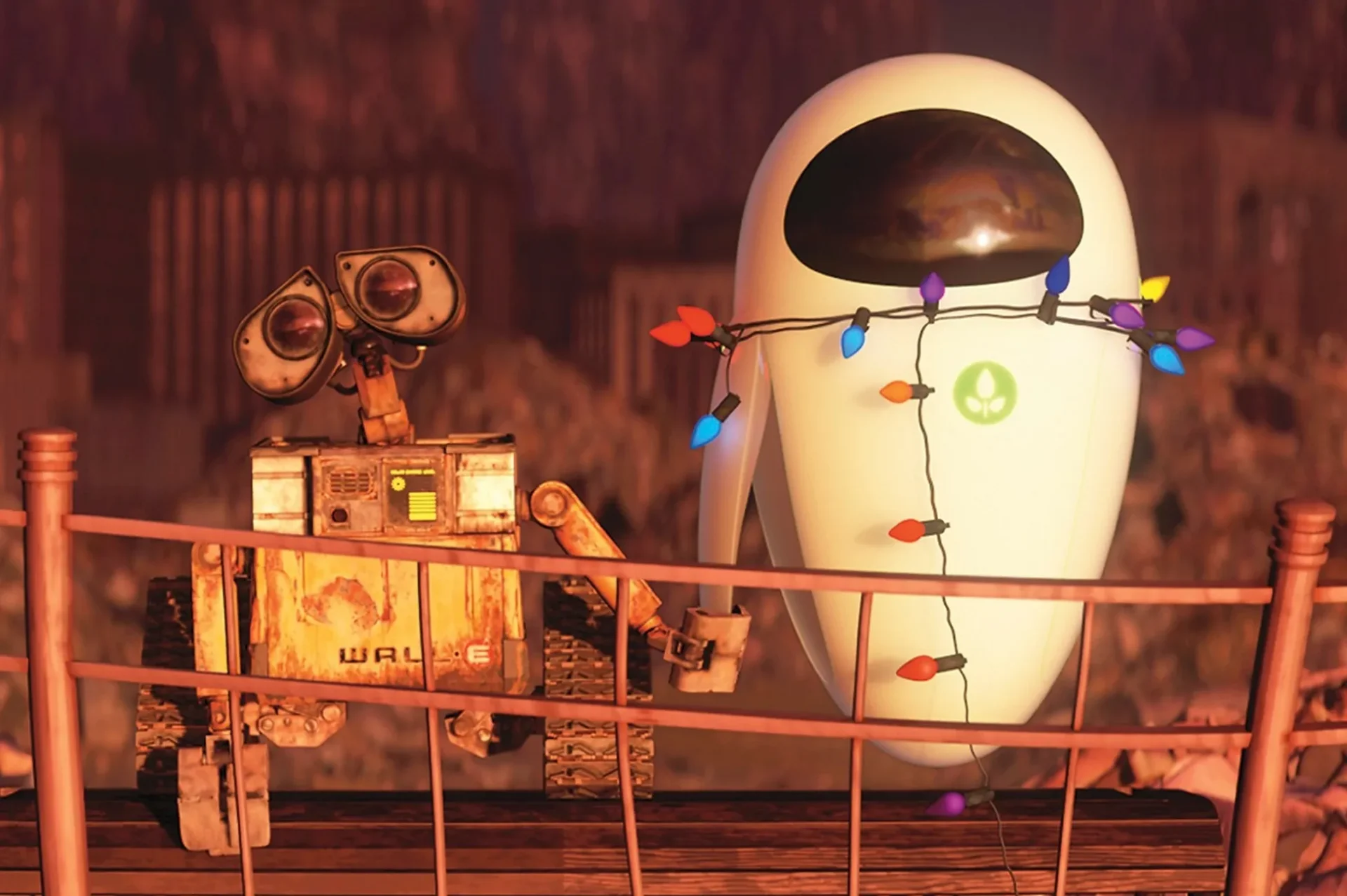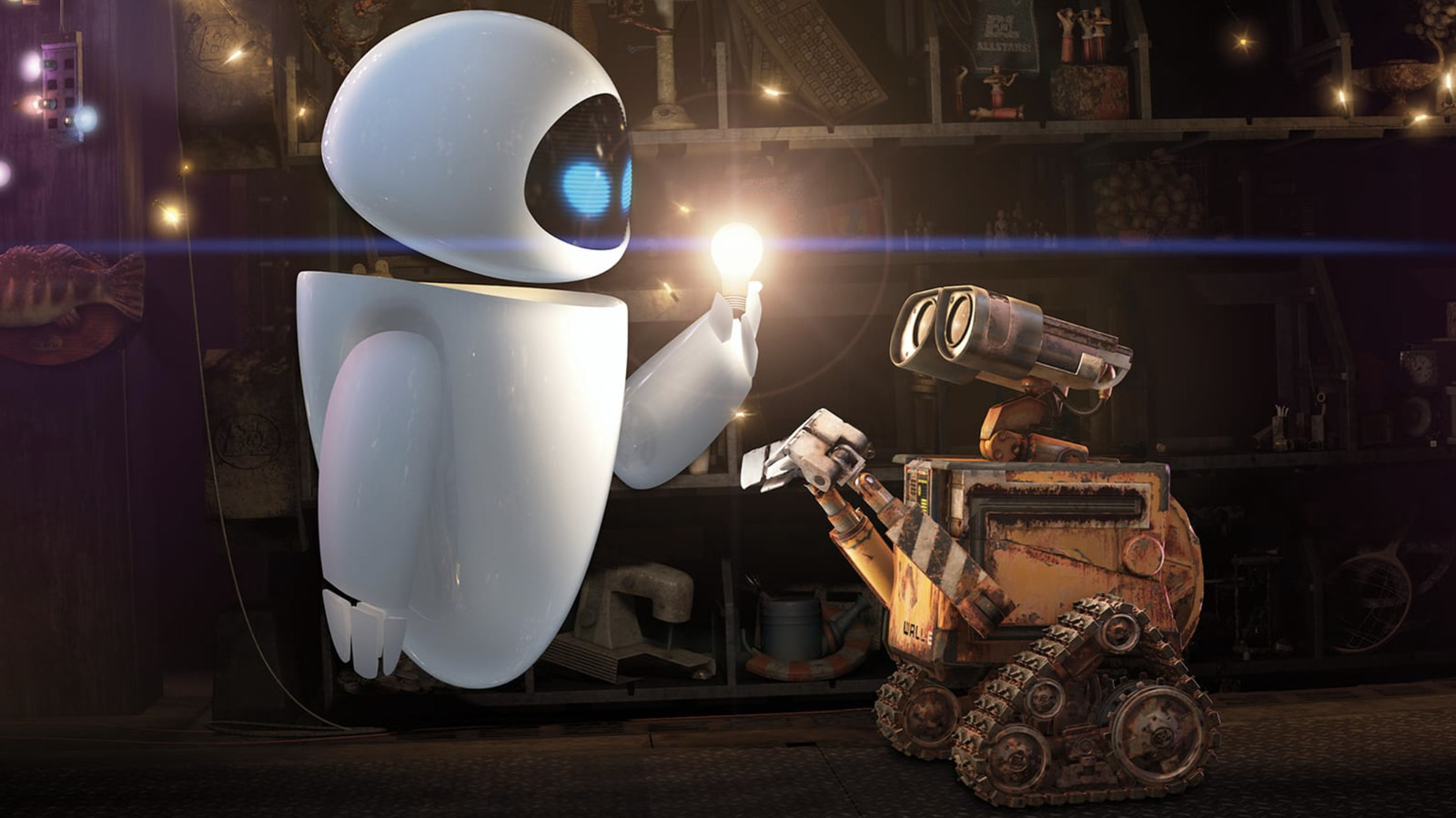“WALL-E,” written and directed by Andrew Stanton, presents a unique mix of romance and dystopia. At its core, the film tells the story of WALL-E, a lonely robot, and his infatuation with EVE, his first companion beyond a cockroach. Their relationship drives the narrative, allowing the film to explore broader themes such as environmental degradation and the consequences of rampant consumerism. Through their love, the movie humanizes its bleak vision of the future while highlighting the emotional capacity that can still exist in a damaged world.
The film serves as a prescient warning about humanity’s unsustainable habits. Large corporations like Buy N Large perpetuate endless consumption, prioritizing shiny new technology over the health of the planet. Rather than confronting these issues directly, humans escape into space, postponing the consequences of their actions. This vision reflects modern concerns about overconsumption and the environmental cost of unchecked materialism.
Technology Can Restore Humanity, While Empathy and Love Rekindle Human Connections and Compassion
Ironically, humanity’s redemption in “WALL-E” comes from the same technological advances that caused Earth’s downfall. The film critiques the misuse of technology as entertainment or waste rather than innovation. WALL-E and EVE, the “little robots that could,” ultimately guide humanity back to Earth, showing that technology can be a force for restoration if used responsibly.

WALL-E’s journey highlights the power of empathy in reawakening human connection. His love for EVE inspires humans like Mary and John to rediscover intimacy and joy, showing how even robotic emotions can spark human relationships. Captain McCrea’s transformation, from passive observer to active leader, mirrors WALL-E’s own revival, reinforcing the theme that compassion can override ingrained routines and limitations.
Humanity Learns Responsibility with Technology, While a Single Plant Symbolizes Fragile Hope
By the film’s conclusion, humanity begins to rebuild a responsible relationship with technology. Freed from solipsistic dependence, humans are prepared to restore Earth with the aid of machines. Auto, the ship’s autopilot, represents technology used without oversight, but McCrea’s intervention shows that humans can guide tools toward constructive purposes. The story emphasizes that technological progress is not the enemy; human greed and neglect are.
Central to the narrative is a solitary plant discovered by WALL-E, symbolizing hope and the fragility of life. This small piece of vegetation motivates EVE, WALL-E, and eventually humans to take action, serving as a poignant reminder of what is truly at stake: ecosystems, not luxuries. The plant’s survival drives the plot and underscores the moral that protecting the natural world is essential to humanity’s future.



